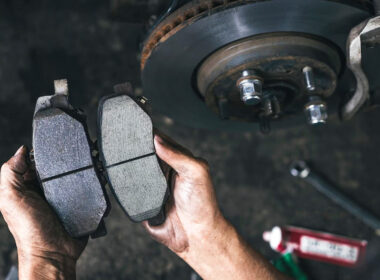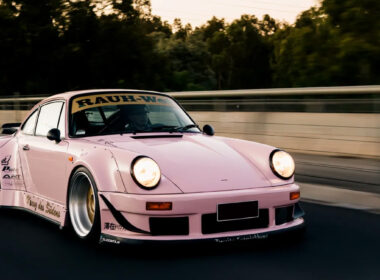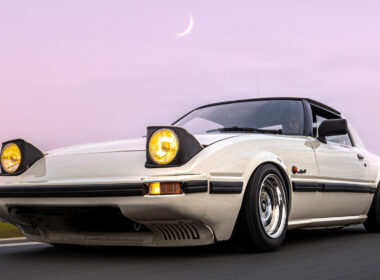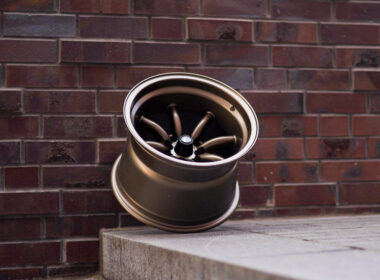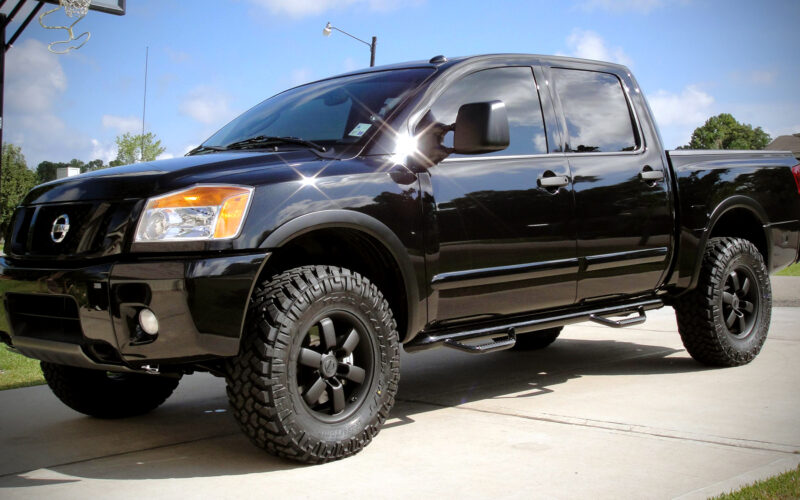To say that trucks and SUVs have a thriving aftermarket is an understatement. There’s an abundance of upgrade options and auxiliary equipment that you can install, such as camper shells, bike racks, trailer hitches, snow plows, sled pullers, you name it.
However, using some of these add-ons will require you to alter your suspension. For instance, if you intend on towing a trailer, installing a camper shell, or maxing out your payload capacity in any way, then you’re going to want to adjust your ride height.
This can be done with the help of leveling kits and lift kits. Leveling kits are ideal if you want to clear larger tires, increase your track width, or if you simply want to eliminate your factory rake and level out the stance of your truck.
Read on to learn about some of the quirks that come with installing a leveling kit on your truck and find some of the best options on the market.
Leveling Kits: Pros and Limitations

No aftermarket mods are perfect out of the box. Because of how interconnected every component is in your suspension system, the smallest change will cause a domino effect and impact the overall alignment and geometry.
This is especially true if the change involves altering your ride height. But if you install your leveling kit correctly and follow the recommended practices after finishing the installation, the pros of this upgrade will definitely outweigh the limitations.
Eliminate Factory Rake
Most modern trucks have some amount of rake from the factory. In other words, the nose sits lower to the ground compared to the rear end. The factory rake prevents your truck from squatting or developing a negative rake when the bed is fully loaded.
As the name implies, leveling kits allow you to raise the front of your truck, and sometimes the rear, in order to level-out the factory rake. This improves the stance of your truck.
Better Approach Angle
Even though strut spacers don’t really improve the performance of your suspension, the additional ride height at the front end does help to improve your approach angle.
This makes it easier to clear some obstacles where you’d typically brush your front bumper, like approaching a steep slope or descending from one.
Clearance for Larger Tires
The biggest reason truck owners install either leveling kits or lift kits is so they can fit larger tires. Depending on your stock tire size, leveling kits generally allow you to go up by 3 or 4 sizes. If you want to install 33″ tires or larger, you’re going to need a lift kit.
Larger tires give you a smoother ride by making it easier to roll over obstacles and imperfections. You also get additional traction from a wider and longer footprint, a bit more ground clearance, and the ability to air down without losing much clearance.
No Additional Suspension Travel
Strut spacers and rear blocks are designed to raise the truck’s body away from the axles, and they do just that. The problem is, you’re only increasing ride height without improving suspension travel and wheel articulation.
If you want suspension and body lift, then lift kits are the right option for you. If you want more suspension travel but don’t want a lift kit, you can just install a pair of coilovers at the front and set them up to eliminate the rake.
Overextended Ball Joint and CV Joint
This is a common problem with any modification that involves lifting your truck, whether that’s done by means of a lift kit or leveling kit. For instance, by installing lift spacers, you effectively increase the length of the strut, without changing the spring or damper configuration.
This brings about some unwanted changes as your wheel cycles through compression and extension. Firstly, the springs will tend to bind before the lower control arm hits the bump stop during compression.
And during extension or droop travel, because the strut is now longer, the wheel will travel lower than what it normally does, which causes the upper ball joint and inner CV joint angle to overextend, making the two components prone to premature-failure.
However, these issues can easily be corrected with the help of aftermarket control arms. Most leveling kits don’t come with these parts, but some do. Most lift kits, on the other hand, always include components that allow you to make necessary corrections.
Types of Leveling Kits

Any combination of suspension components that you use to level your truck can technically qualify as a leveling kit. This means leveling kits aren’t limited to strut spacers and rear blocks.
Manufacturers offer pre-assembled “leveling kits” for specific trucks, which include components that will allow you to eliminate the factory rake.
What’s included in the kit depends on how much you pay for it. Some expensive leveling kits also come with coilovers and control arms, which blurs the line between lift kits and leveling kits.
You also have the option to assemble your own kit and choose the components that you like, but you will have to do a bit of homework to figure out what works and what doesn’t. Here are some of the components included in leveling kits.
Strut Extensions and Coil Spacers

Strut extensions or spacers are designed to occupy the space between the strut’s top mount and the part where it bolts on to the body of the car. Coil spacers sit between the top of the spring and the upper perch. These are designed to be used with vehicles with coilovers in the front.
What’s good about coil spacers compared to strut spacers is that they help to retain the OEM geometry and it’s a lot easier on the CV axles and ball joints in terms of over-extension. Both types are made from billet aluminum, steel, or PPA plastic.
Lift Blocks

Lift blocks are meant for the rear suspension; they work by adding space between your leaf packs and axles.
Just like strut spacers, lift blocks are usually cheap and they won’t do anything to improve ride quality other than increasing the ride height a bit.
Torsion Keys

Torison key leveling kits are commonly used in torison bar suspension setups. The aftermarket keys are meant to replace your OEM torison bar keys; they control the distance of the torison bar from the ground.
This is done by changing the clock position of the OEM torison bar to raise the suspension. Aftermarket torison keys are much sturdier than the stock ones, making them a nice replacement part to add some extra functionality and reinforcement.
Coilovers

Even though it’s an expensive option, the best way to increase your ride height is by installing coilovers that are designed to lift your truck; most coilovers offer some amount of ride height adjustability.
By pairing coilovers with aftermarket control arms, you don’t have to worry about overextending your ball joints and CV axle angles. The best part is that you aren’t just lengthening your strut body, but you’re actually getting more suspension travel.
From a performance perspective, this is the right way to level your truck, although, at that price point, it might make more sense for some truck owners to consider a proper lift kit instead.
Find the Best Leveling Kits at Suspension Setups

The concern with altering the ride height of any truck or car is that it changes a bunch of parameters such as center of gravity, roll center, and the big one: Suspension geometry. Stray too far away from the stock geometry and you will face wheel alignment and clearance issues.
That’s why it’s super important to correct your alignment after you install a leveling kit; even better if you install aftermarket control arms to offset any unwanted changes in the alignment. Don’t forget to get your headlights leveled too.
Leveling kits are the perfect starter upgrade for your truck. It’s not as extreme as a lift kit, and not as underwhelming as the stock setup. It’s a happy medium as it will make your truck just a little more off-road capable without changing the geometry.
Ready to choose the right leveling kit for your truck? Check out our collection and feel free to reach out if you have any questions or concerns about compatibility.
